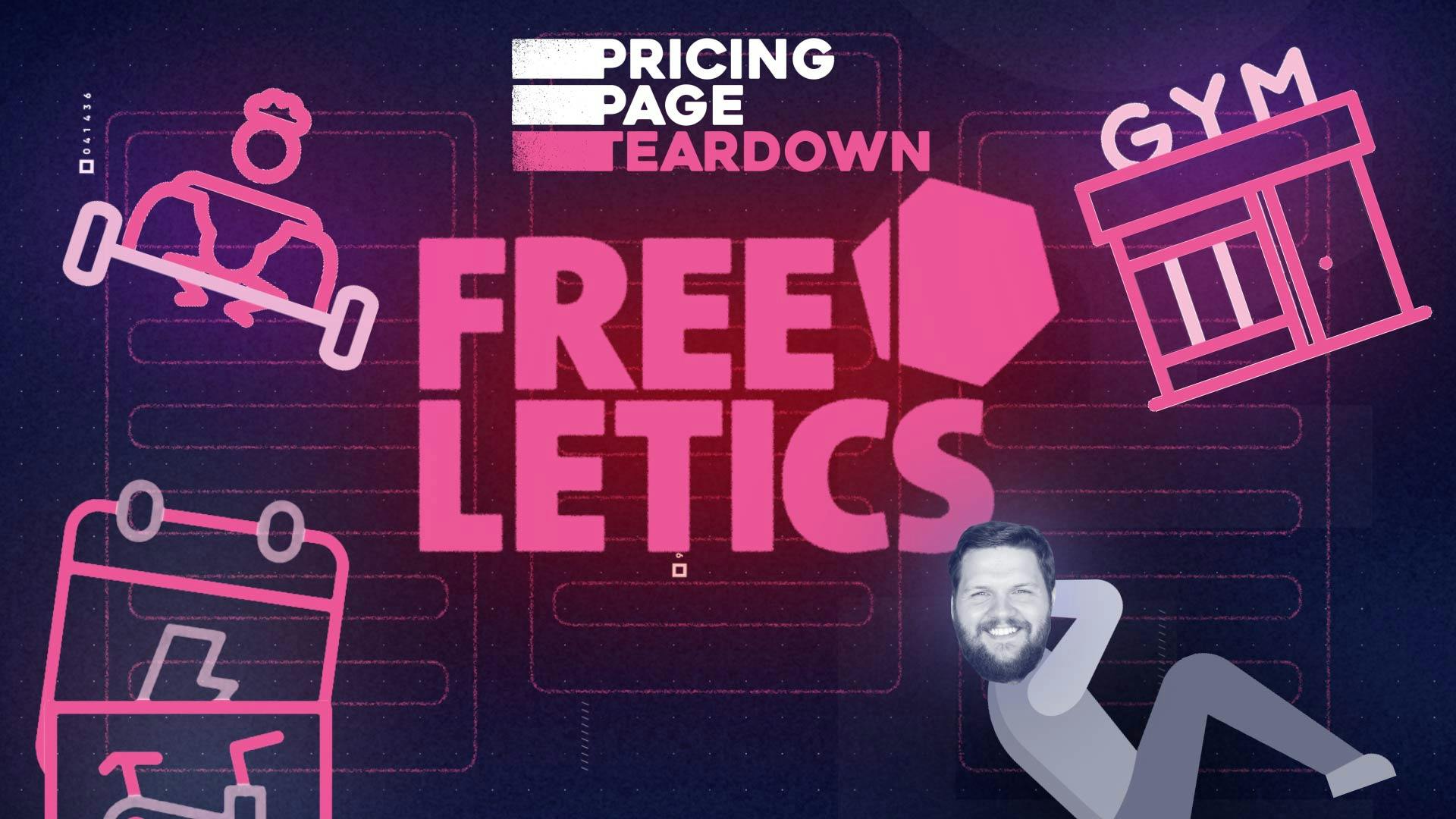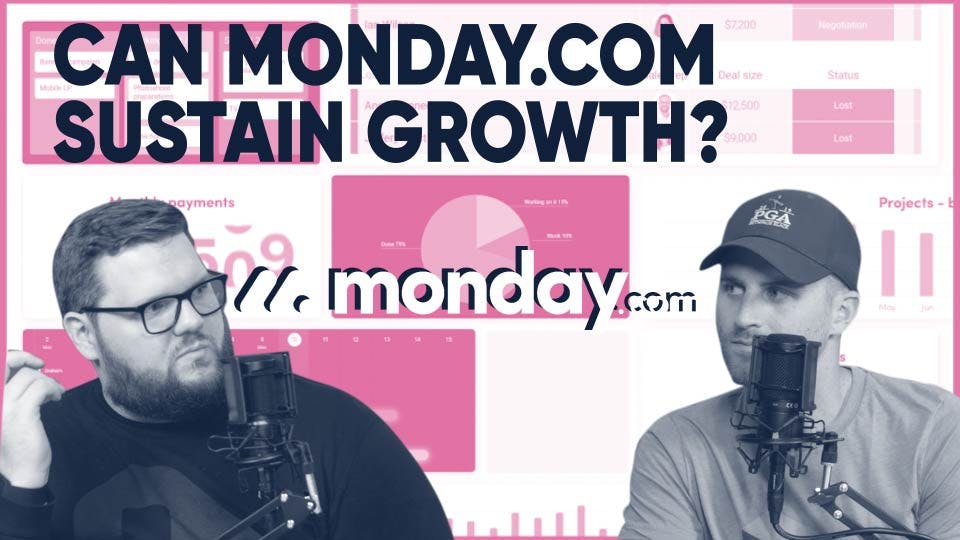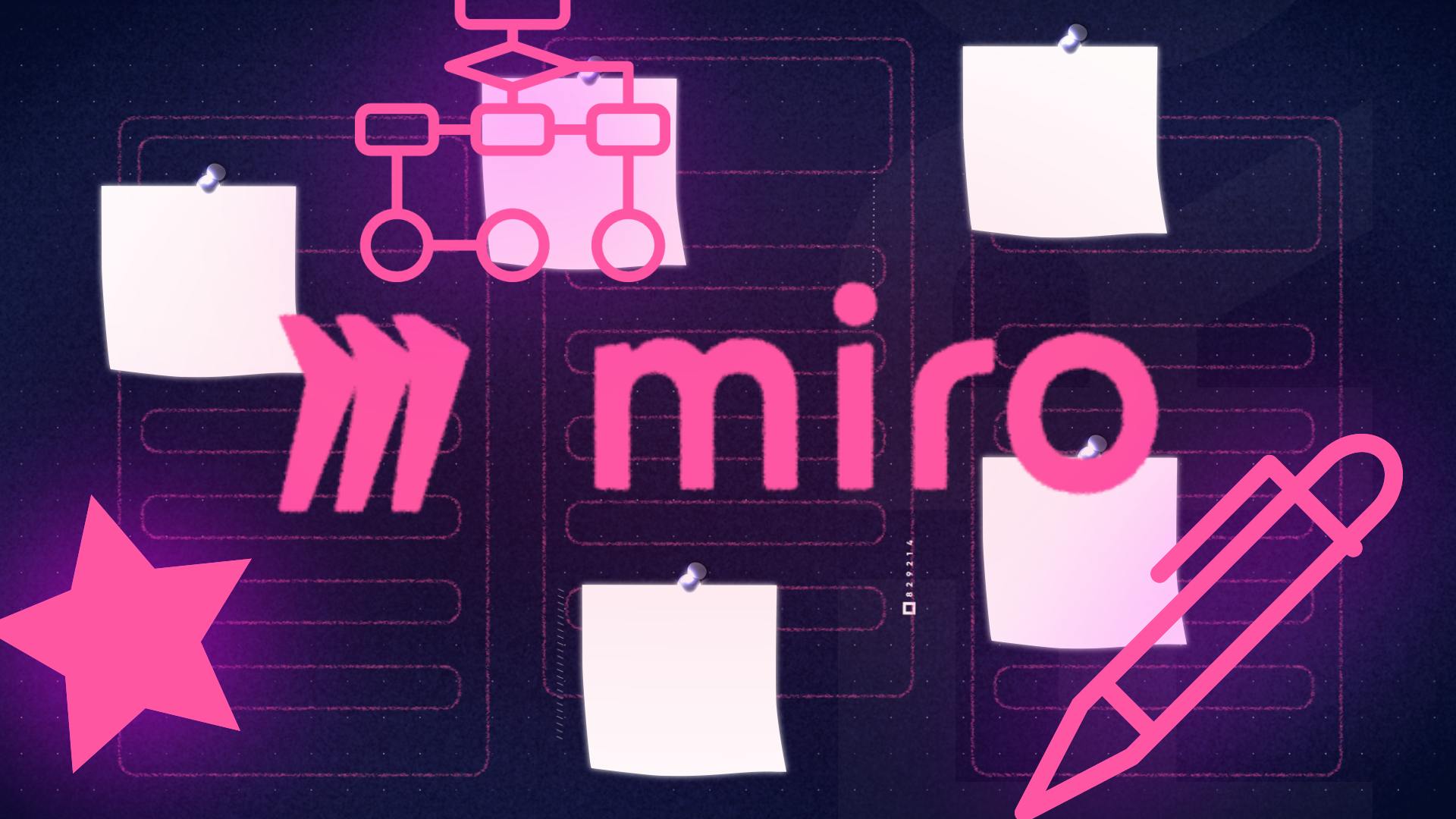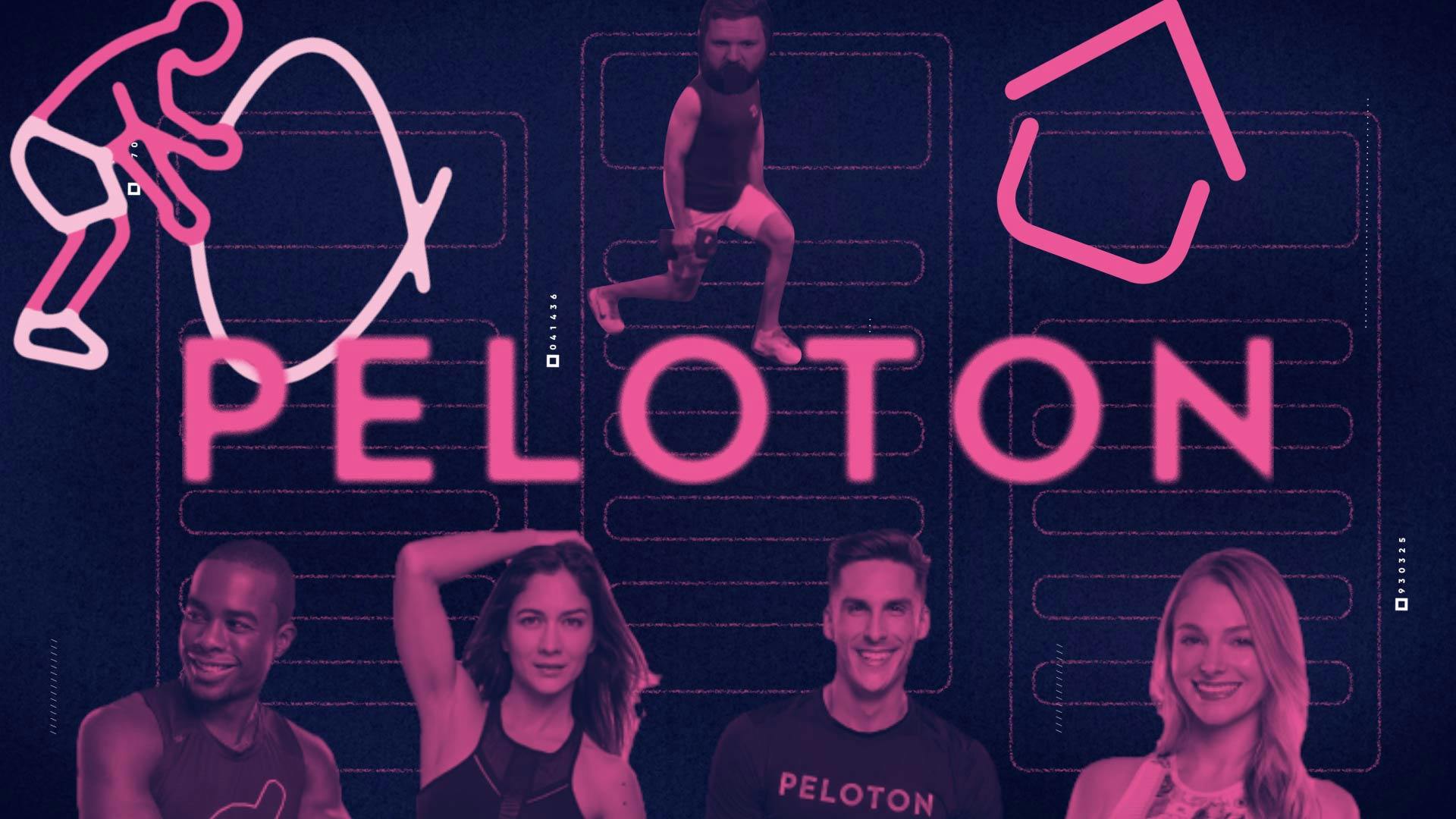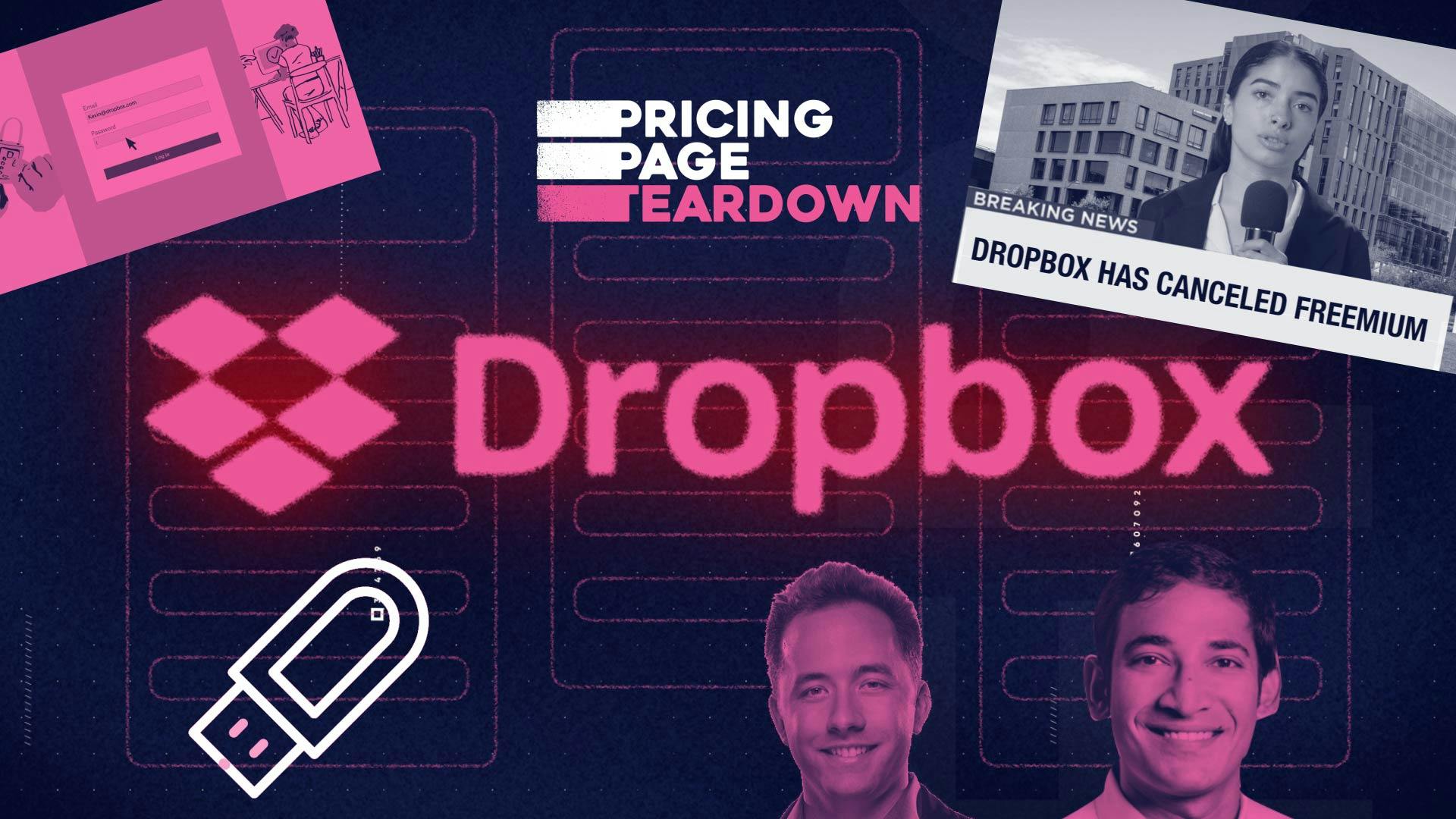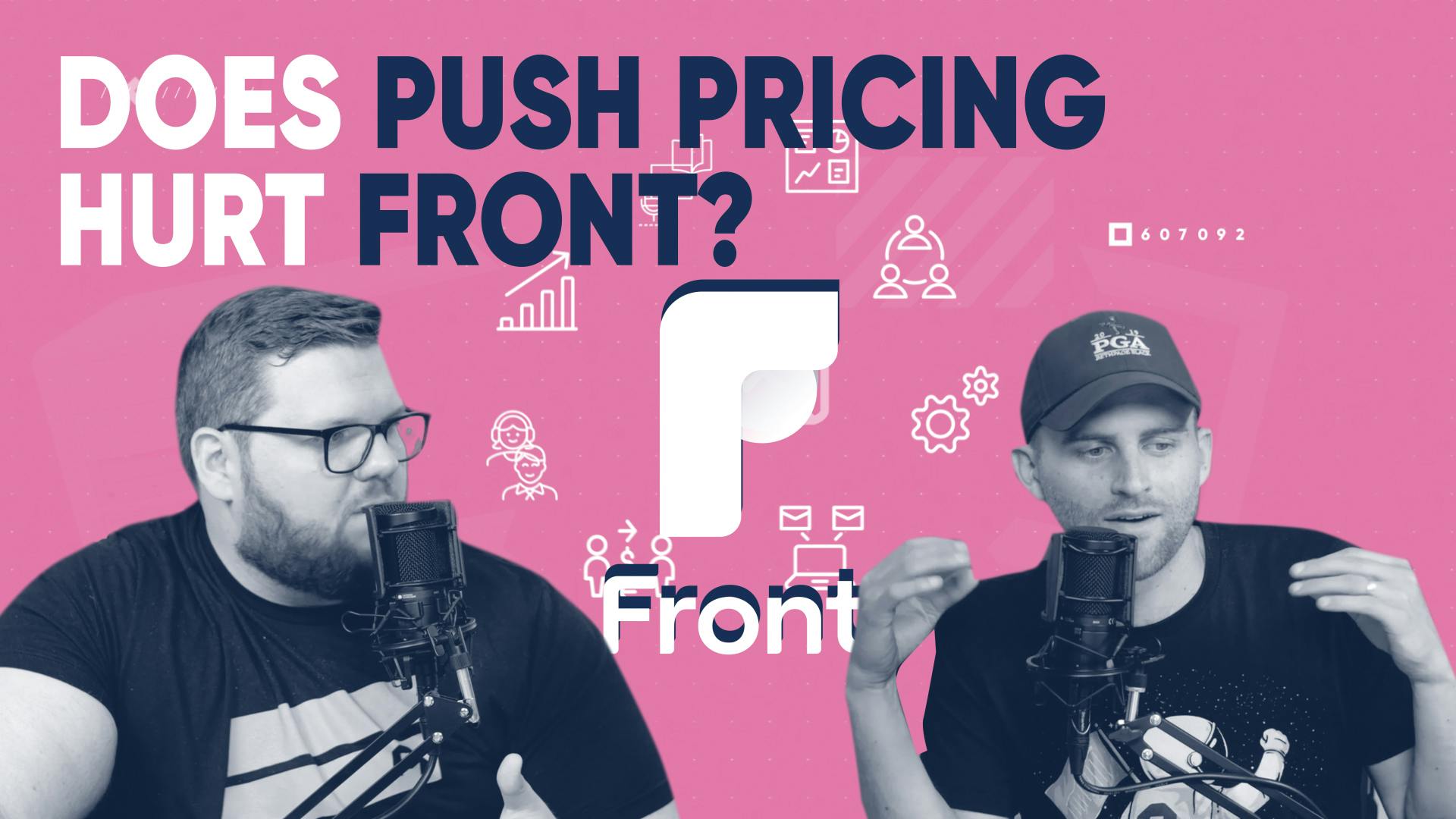
'One App to Replace Them All': Does ClickUp's Pricing Strategy Justify the Claim?
Overview of ClickUp
ClickUp is a robust project management workflow and communications application. This "one app to replace them all" has been visibly aggressive in marketing. I’m sure whenever you’ve gone to a major or medium city, you’ve seen its display ads. I actually notice when I’m in a city that doesn’t have ClickUp Ads.
The strategy they're employing is quite interesting. ClickUp has managed to integrate several functionalities within its platform to provide a seamless experience for the user. A notion that many users and critics may still question, "Can one app truly replace them all?" But whether you're a critic or a believer in this 'all in one' strategy, ClickUp’s approach to pricing is worth a deeper look, and that's precisely what we are going to do today.
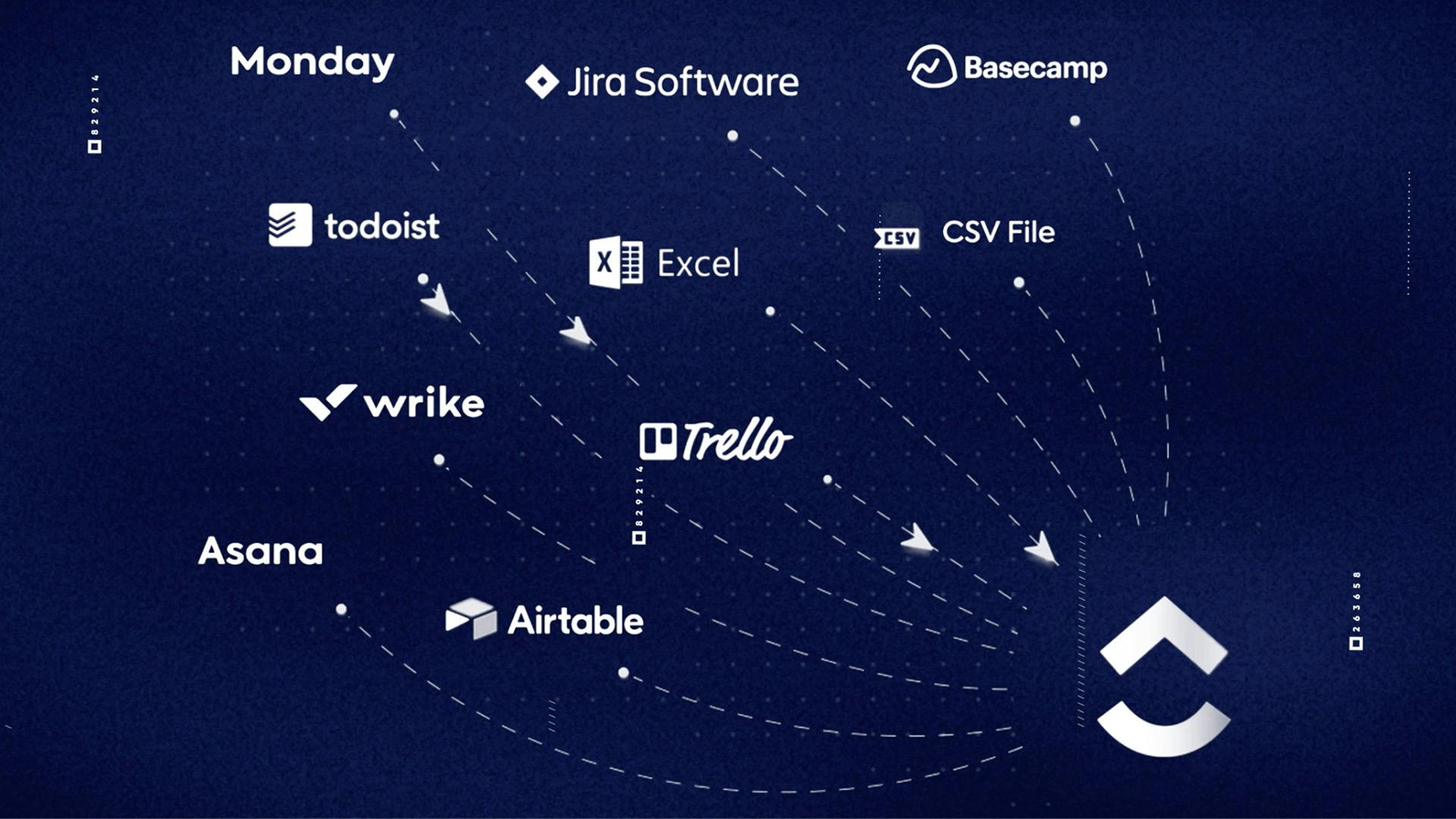
Background of ClickUp
ClickUp was founded in 2017 by Zeb Evans and Alex Yurkowski, successfully raising 537.5 million dollars, a testament to its substantial market presence. Their strategy seems to hinge on the classic 'wedge and expand' approach. Once a user starts using one feature, they're likely to start using other features as well, essentially embedding them into the ClickUp ecosystem.
Recently, after raising a significant amount of funding, ClickUp has started to venture into the mid-market and enterprise domain, and this pivot will undoubtedly affect their entire user pyramid. It's a smart and intriguing move, but the question remains, "How good is their pricing strategy?"
Reaction to Pricing Page
ClickUp's pricing page gives good context on who each plan is for, which is a neat way to guide potential users. When a user comes across the myriad of features ClickUp has to offer, guiding them to the right plan is crucial.
This guidance, along with the pyramid principle of the page, allows users to see exactly what they get with each plan. They can delve deeper into the complete feature list if they wish. ClickUp also strategically uses social proof, especially for a multi-product or multi-feature company. However, there are three crucial areas where ClickUp is crushing it or can make improvements.
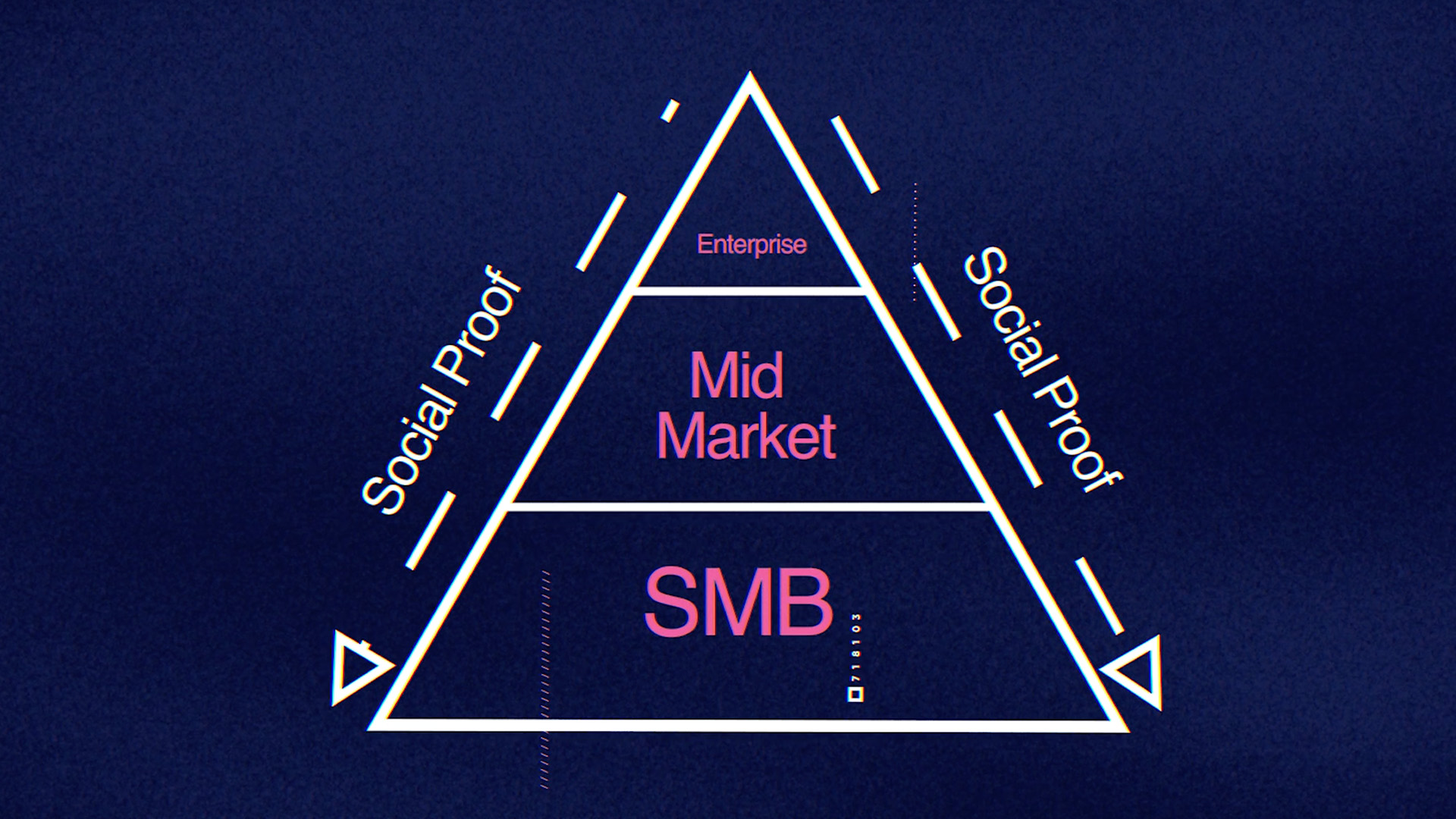
Takeaways
Freemium
- ClickUp, like many other companies, utilizes a freemium strategy. When done correctly, this can lower the Customer Acquisition Cost (CAC) by about 25% and increase retention by around 15%. Freemium, however, should be viewed as an acquisition strategy, not part of your pricing. This is something ClickUp is doing quite well and is something every company should consider, especially as markets become denser.
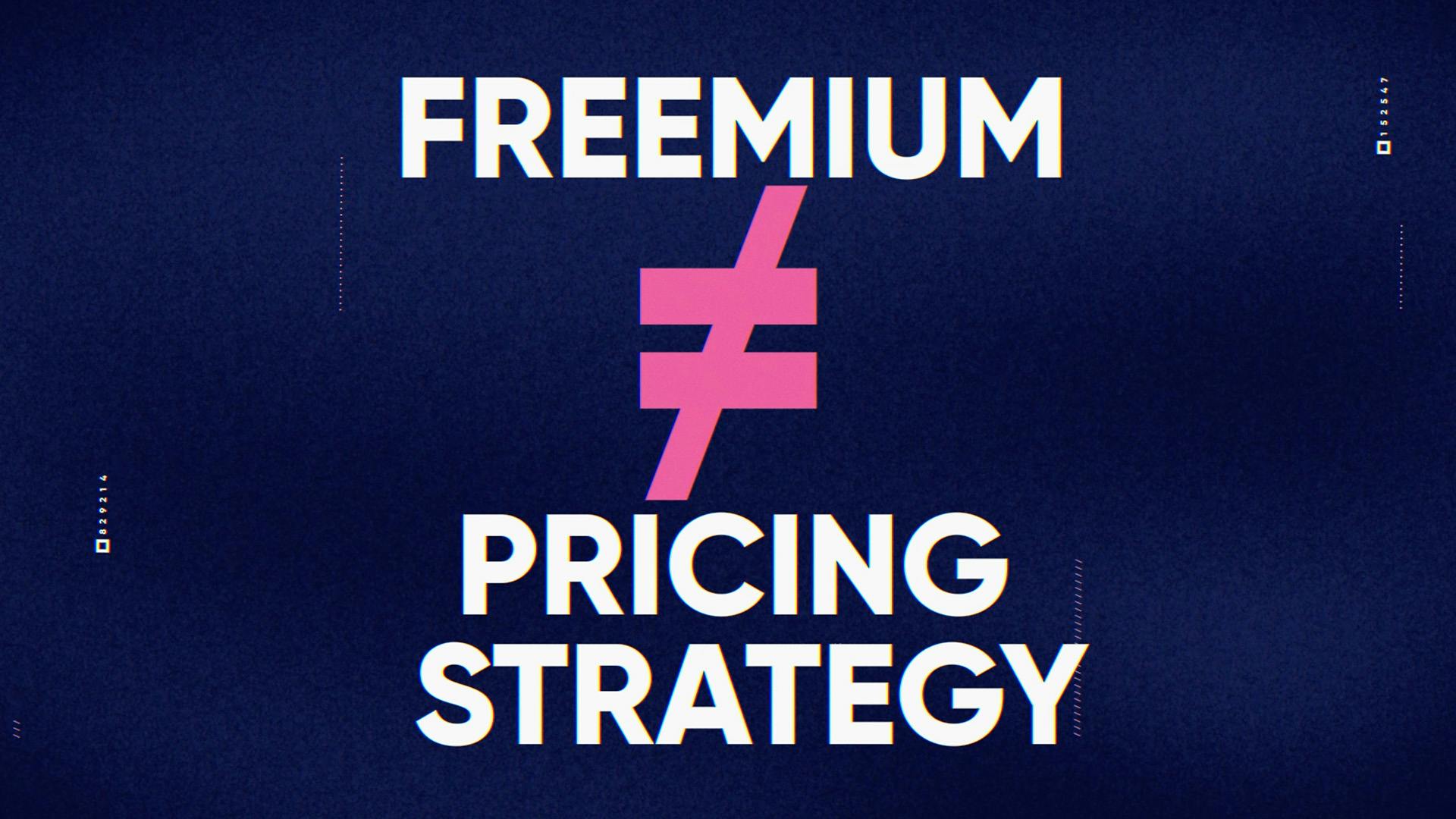
Discounts
- ClickUp also provides a significant annual discount to users, with the potential of increasing their Lifetime Value (LTV) 200%-800%. However, they are offering a 45% discount, which is 2 to 3 times higher than the median or average. Ideally, ClickUp should lower the discount threshold and then work on converting these users into annual customers through subsequent marketing campaigns.
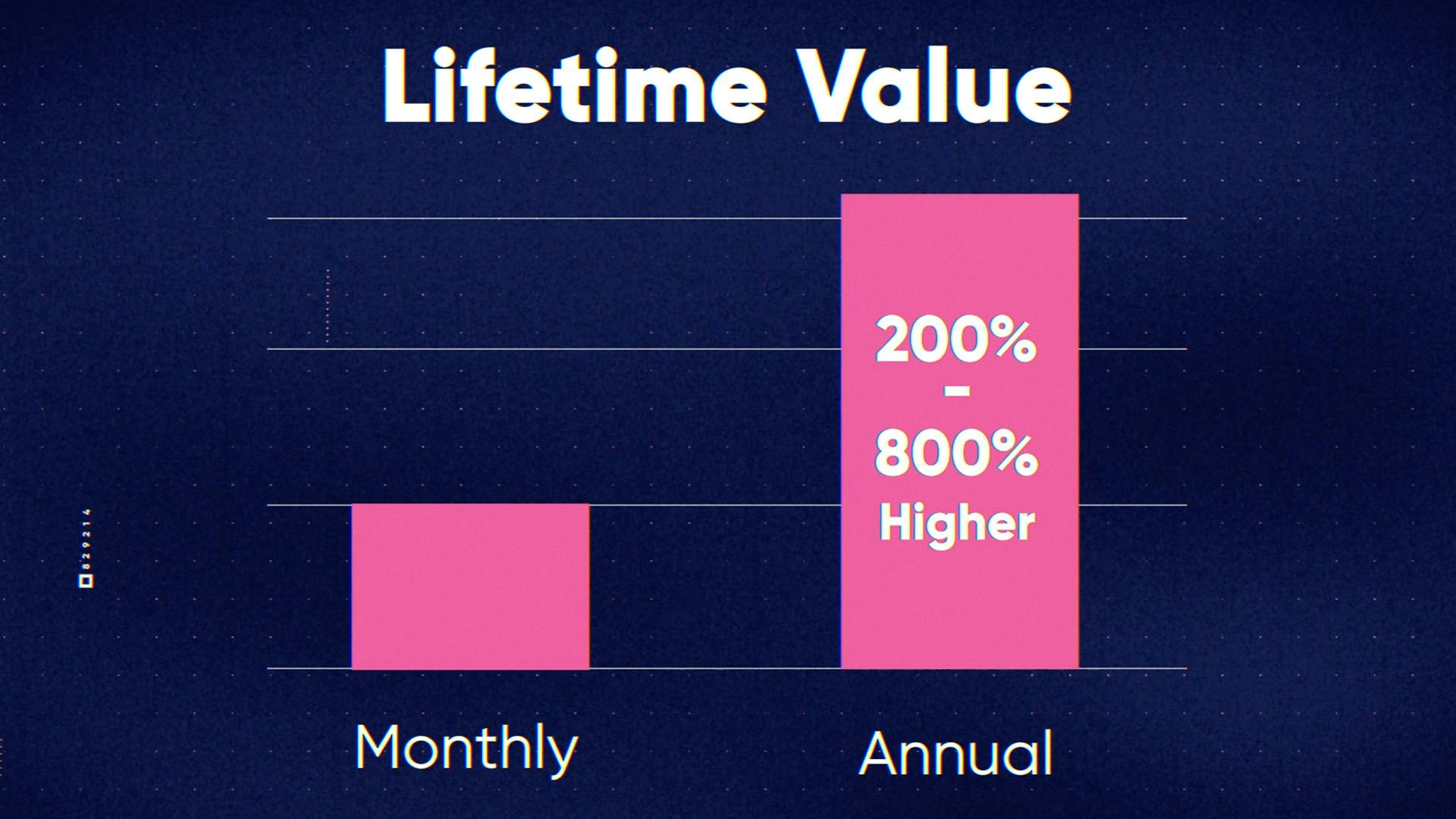
Localization
- Lastly, ClickUp should work on their localization strategy. Users from different regions should see their respective currency symbols, and the price should change according to the purchasing power parity of that region. This could significantly boost revenue per customer and open the door to new markets.
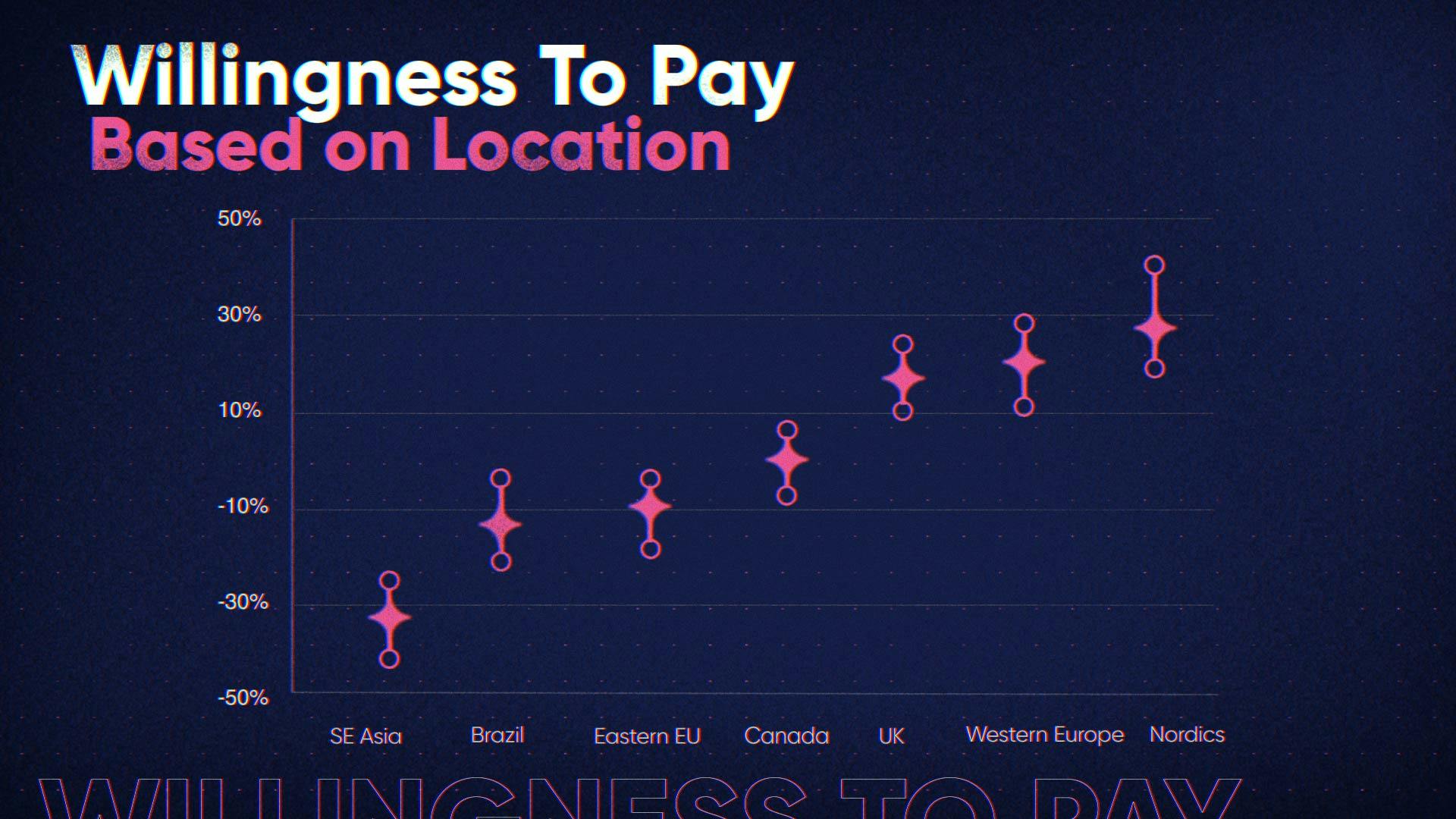
Recap
In conclusion, ClickUp is implementing a powerful freemium strategy, but they need to revise their annual and monthly discount ratio, as they are currently giving away too much. Additionally, implementing proper localization could be an easy win for them, allowing customers from different countries to see the right currency symbol and a price point that matches the demand in their specific region.
ClickUp's strategy is a fascinating case study for any company or competitor looking to refine their pricing strategy. While no pricing page is perfect, there are always lessons to be learned and improvements to be made. The goal is always to create the best value for the customer and the company.
If you found this blog post interesting and want more insights into pricing strategies, don't hesitate to subscribe for more. We'll be back next week with another analysis. Until then, stay tuned!
Do us a favor?
Part of the way we measure success is by seeing if our content is shareable. If you got value from this episode and write up, we'd appreciate a share on Twitter or LinkedIn.
00:00:00:00 - 00:00:05:15
PC
This is the sneakiest little pricing page I've ever seen.
00:00:05:15 - 00:00:19:20
Steve
Welcome to Pricing page tearDown where paddles. Chief Strategy Officer Patrick Campbell breaks down what companies are doing well and not so well when it comes to their pricing strategy. Patrick, take it away.
00:00:19:20 - 00:00:26:22
PC
This week we're talking about click up the project management Workflow communications app, the one app to replace them all, as they say on their website and fun fact.
00:00:26:22 - 00:00:45:23
PC
If you live in any major or medium city, you've seen their display ads absolutely everywhere. I actually notice when I'm in a city that doesn't have click up ads, they're an absolute juggernaut who's raised 537 and a half. Don't forget the half million dollars. But there's a couple of crucial mistakes that they're making in their pricing that you probably are making, too.
00:00:45:23 - 00:00:049:18
PC
Before we get to that, though, Steve, tell us what the heck's up with clickup?
00:00:49:18 - 00:01:06:18
Steve
Click Up was founded in 2017 by Zeb Evans and Alex Rakowski in San Diego. It was born out of the founders frustration with the existing productivity tools of the market, which they found to be inefficient and overly complex. So they thought, Let's make it simple.
00:01:06:20 - 00:01:31:09
Steve
Click Up offers an all in one customizable workspace that can replace other project management tools to do lists, spreadsheets, you name it. It also integrates with many other popular tools like Slack, Google Drive and GitHub in a seamless way. Click up is worth almost $550 million, but can one app really replace them all? Many believe Click up is tapping into a brilliant strategy by consolidating an entire ecosystem of functionality into one product.
00:01:31:11 - 00:01:50:23
Steve
While critics don't buy into the jack of all trades master of none strategy, one thing's for certain, though no pricing page is perfect. So let's see if clickable pricing page is as good as their product. Patrick, take it away. So to put the pricing page in context from click up, we've got to look at how they're positioning themselves in general.
00:01:50:23 - 00:02:16:19
PC
And it's all about this one app to rule them all. One of the things I think a lot of people don't appreciate about click up strategy is that click up strategy is very much a classic wedge and expand strategy that a lot of product people aren't thinking about. When you come to click up, there are so many different quote unquote products and features that you can go after, but I might start using them for this goals thing and then all of a sudden I'm using them for goals and I start to realize, why don't I just start using docs here as well?
00:02:17:00 - 00:02:35:07
PC
And then bingo, bango. All of a sudden you start using every single product, every single feature that they have. And a sneaky thing that they did here recently is they started talking about 70% of the Fortune 500 rely on click up. Now, when a brand starts to do that, especially after raising a half billion plus dollars, they're starting to go in that mid-market.
00:02:35:07 - 00:02:54:07
PC
They're starting to go into that enterprise. And that social proof will filter all the way down that entire pyramid. So it's really, really smart. It's really, really cool. But let's take a look at their pricing page. One thing they're doing very, very well is they're giving you context as to who each plan is for. But when I come here and there's so many different features, there's so many different functionality.
00:02:54:09 - 00:03:10:04
PC
Please guide me to where I need to go. So free or personal use? Well, I was thinking about this for my team. Small teams. I'm not a small team. Oh, mid-sized teams. Yeah, I'm probably a mid-sized team or oh, maybe I have multiple teams right now, and all of a sudden I can start looking at my journey there and then I can go a little bit deeper.
00:03:10:04 - 00:03:25:16
PC
And it's this basic pyramid principle of the page where I can start to see, okay, I get this, this and this and this and this. And all of a sudden, if I really want to go into all of the information, I can click this nice complete feature list and go as deep as humanly possible that I want. Look at that social proof.
00:03:25:16 - 00:03:42:06
PC
The one thing in you're a multi product or a multi feature company, especially for things like G2, you could be across all of the different products that are out there. It's really, really powerful. And then they have the nice RFQ. So that's really, really good.
00:03:42:07 - 00:04:01:00
PC
Now a couple of other things that are really, really, really important. Freemium. This is something that I've been talking about for a decade now. Most people get freemium wrong click up when you're doing a multiproduct strategy. Freemium is the answer. It's the try before you buy or it's I'm not quite ready to convert, but I need to kind of get into the rhythm here.
00:04:01:02 - 00:04:21:18
PC
A couple of fun facts. Cash is typically about 25% lower for freemium plans. Retention is typically about 15% higher. And the reason for this and this is where most people get freemium wrong. Freemium is an acquisition strategy. It is not part of your pricing. And the point I'm trying to make there is that you want to think about freemium like a premium e-book.
00:04:21:18 - 00:04:39:06
PC
You don't want to think about it as something that's like, Oh, this is part of my $0 pricing strategy. This is something that everyone should be using mainly because the markets are getting denser and denser. And at the end of the day, what better content do you have than your actual product? So that's an amazing, amazing thing that they're doing here really, really well.
00:04:39:06 - 00:05:07:10
PC
Next click up should fix its annual two monthly discounting strategy to take a step back. You want to go after these annual customers, mainly because their lifetime value is historically much, much higher than monthly customers. We're talking in B-to-B SAS somewhere between 200 and 800% higher lifetime value. Now click up is doing everything right here by including an annual plan, but the level of the discount is historically so, so much higher than it needs to be here.
00:05:07:12 - 00:05:25:22
PC
When we look at the data in B2B SAS, normally 1 to 2 months is enough to get somebody over the edge, but click up is doing 45%, which is 2 to 3 x, the kind of median or the average. Now if they're seeing this move the needle and that's a test that they did, you know, mazel tov. Go for it.
00:05:25:22 - 00:05:53:02
PC
I think it's amazing. But normally what ends up happening is B2B operators just assume that if they increase the discount, they're going to increase the amount of conversion that they're going to get on the particular offer that they're giving. Unfortunately, this is oftentimes not the case. So what I would do is click up here is I would actually lower that discount threshold and then really, really make sure after that user has become a customer, I make sure that they're going after an annual payment every 45 to 60 days with some sort of marketing campaign.
00:05:53:08 - 00:06:13:17
PC
Last click up needs to clean up their localization. So localization on a very, very basic level is when a user comes from somewhere else in the world with a different currency, they should at least see their currency symbol of their particular region. And then even further they should get a different price depending on the purchasing power parity, the standard of living within that area.
00:06:13:19 - 00:06:33:18
PC
Those particular customers who come from the Nordic region are typically willing to pay about 30 to 35% more than those folks in the U.S. And then on the other side, those folks in Southeast Asia are historically able to pay about 40%, maybe 50% less than their U.S. counterparts. Now, click up is basically doing the exact same pricing across the world.
00:06:33:18 - 00:07:11:01
PC
At least that's what we looked at when we looked at their pricing page via VPN. This is a huge, huge, huge missed opportunity for folks who just do cosmetic localization, meaning the only thing that changes is that the currency symbol is updated to be the currency symbol they're most comfortable with. You'll historically see about a 30% increase per revenue per customer, mainly because you're just getting those customers through the door, those folks who go full into localization, meaning they're charging folks in the UK differently than the U.S. they normally see much, much bigger gains because again, the purchasing power parity in Southeast Asia and Mexico and South America is going to be so different than
00:07:11:01 - 00:07:41:05
PC
the U.S. and so different versus the Nordics, Russia, etc.. With that freemium, one of the most powerful things that click up is doing. Everyone should be using a freemium strategy because, like I said, at the end of the day, what better content do you have than your actual product? They should change up that annual and monthly discount ratio they're giving away way too much and instead do a smaller discount 1 to 2 months and then just make sure they're hitting up folks in their first 6 to 12 months of being a particular customer.
00:07:41:11 - 00:07:59:08
PC
And then finally, localization. It's an easy, easy, easy win for a company of this size. And it's one of those things that they can reduce their unit economics even further without changing anything else, but just making sure that those customers who come for them from different countries are seeing the right currency symbol and are getting a differentiated price point based on the demand of that particular region.
00:07:59:08 - 00:08:16:18
PC
That's it for this episode of pricing page teardown. If you are click up a competitor, anyone else wanting some help with your own pricing strategy? Hit me up at PC Apple.com. For everyone else, make sure you sign up and subscribe. We'll see you next week.
